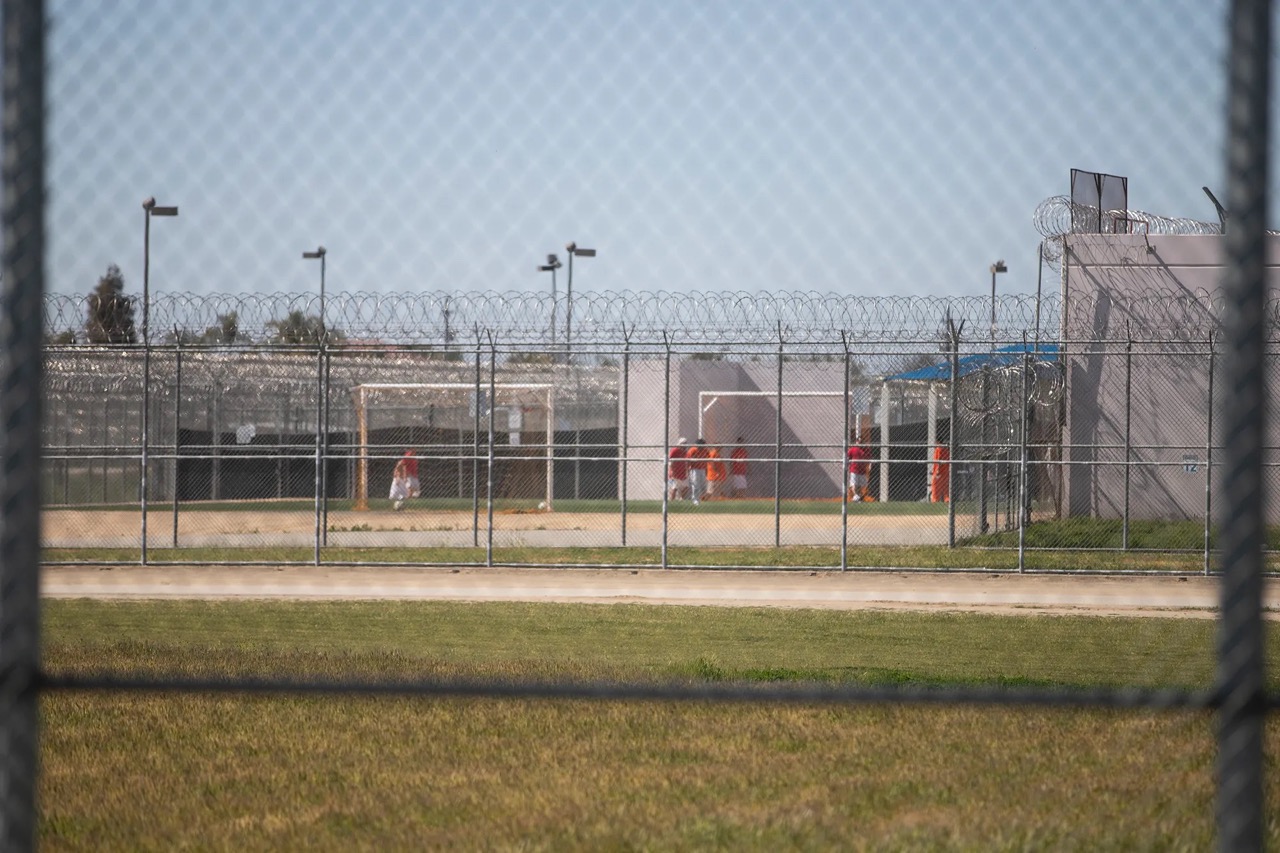Kids' Health Coverage: A State-by-State Breakdown of America's Medical Landscape

A troubling trend has emerged in children's healthcare coverage, with the rate of uninsured children climbing to its highest point in ten years. Recent data reveals a significant increase from 5.1% in 2022 to 6% in 2024, signaling a growing concern for families and healthcare advocates nationwide.
This uptick represents more than just a percentage point—it reflects the challenges many families face in maintaining comprehensive health insurance for their children. The rise, which experts describe as statistically significant, highlights potential gaps in healthcare accessibility and affordability.
The growing number of uninsured children underscores the urgent need for policy interventions and support systems that can help ensure every child has access to essential medical care and preventive health services.








